Back in high school, ordering pizza was simple. You didn't worry about whether it was thin crust or thick crust. Pizza was pizza, right? But now that you're all grown up and responsible for pleasing a variety of palates, it's important to know how to bake both hearty thick-crust pizzas and the best thin-crust pizzas.
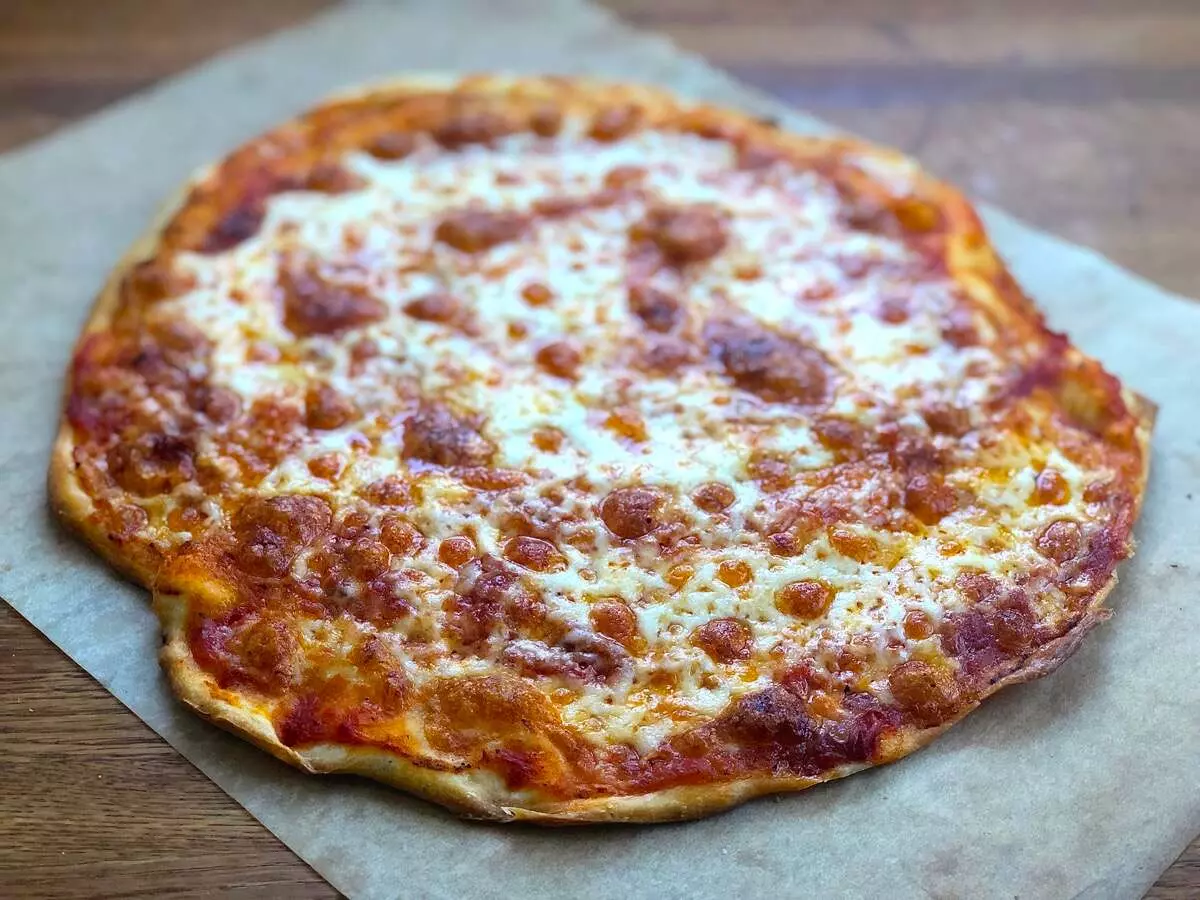
Start with a Superior Sauce
Let's begin with the most crucial component of any pizza – the sauce. While many good bottled pizza sauces are available, why not try your hand at making a homemade sauce? One recipe that never disappoints is Marcella Hazan's Tomato Sauce. It's a simple yet sublime combination of canned tomatoes, butter, salt, and an onion. Don't forget to add a tablespoon of sugar to balance the acidity and a touch of baking soda for added body and flavor.
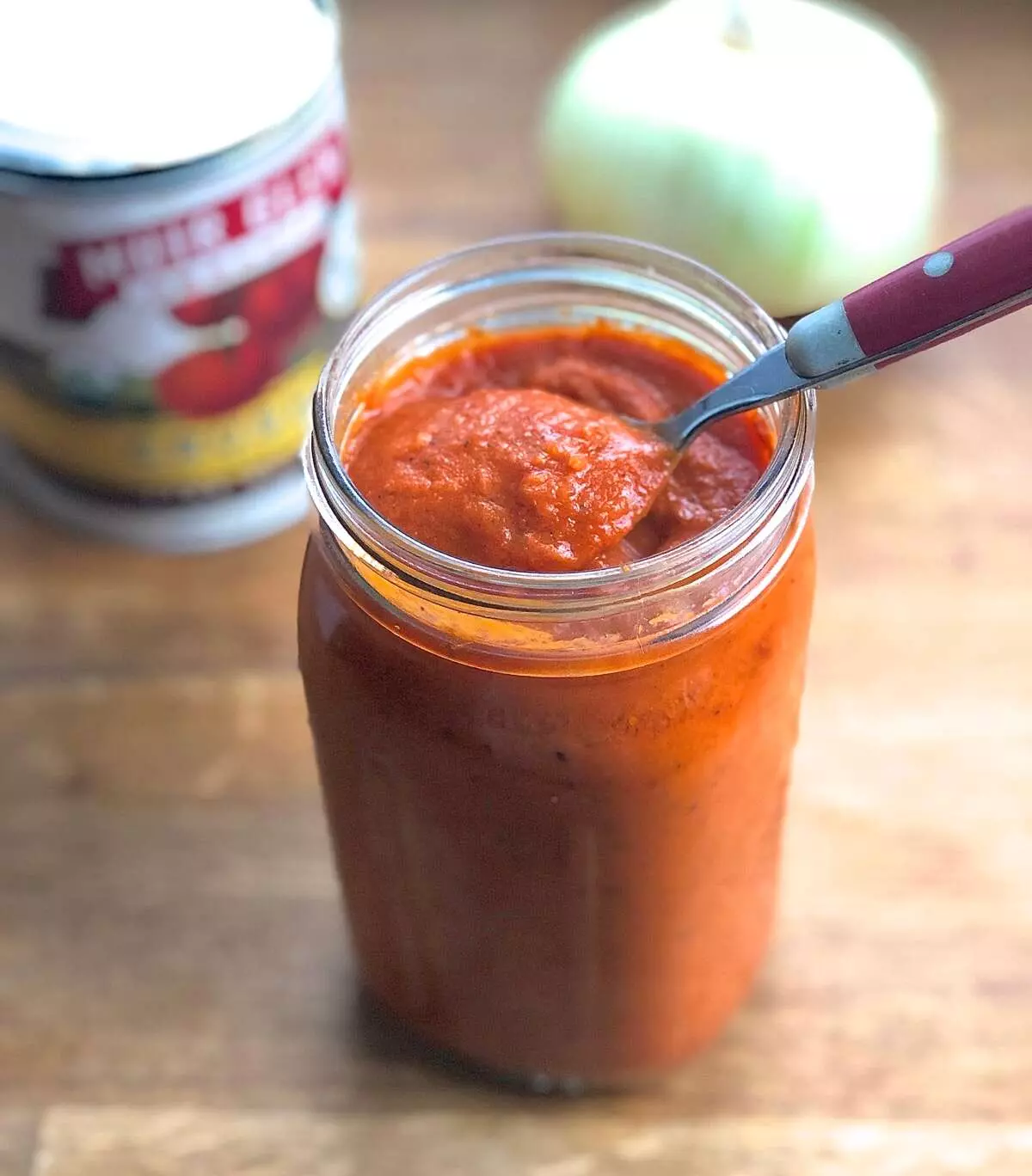
Craft Your Own Cheese Blend
Pre-grated bagged cheese from the supermarket might not melt as well as freshly grated cheese. Plus, who can guarantee that the "Italian Blend" you buy truly suits your taste? Take matters into your own hands and create a cheese blend that satisfies your cravings. Equal parts sharp cheddar, mozzarella, and provolone (smoked if available) make for a delightful combination. Grate these cheeses yourself for the ultimate flavor experience.

Slice Toppings Thinly
Skip the avalanche of chunky toppings and opt for a minimalist approach. Thinly slice or finely chop your toppings to ensure they don't overwhelm the delicate nature of thin-crust pizza. A plastic mandoline can help you achieve near-translucent slices of onions, tomatoes, and peppers. For meats, ultra-thin salami or prosciutto are excellent choices.
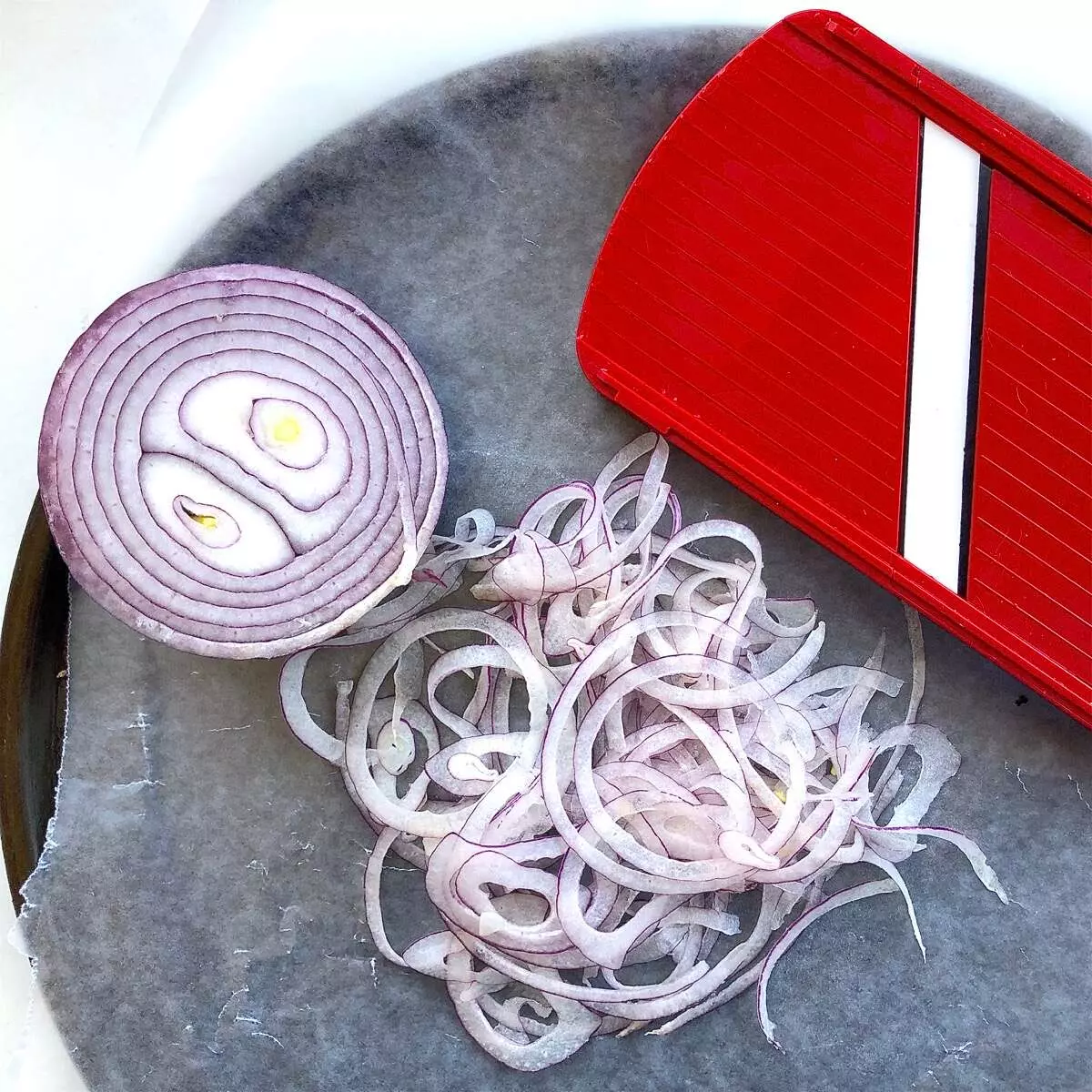
The Secrets to Achieving Thin Crust
If you're using regular pizza dough with its full complement of yeast, your crust is likely to rise vigorously and become thick. To achieve a thin crust, you'll need to modify the yeast's activity. One option is to reduce the yeast amount in your recipe. Alternatively, you can skip the dough's first rise altogether. Without the initial rise, the yeast is less plentiful, resulting in a thinner crust. This method also saves time and avoids altering your recipe.
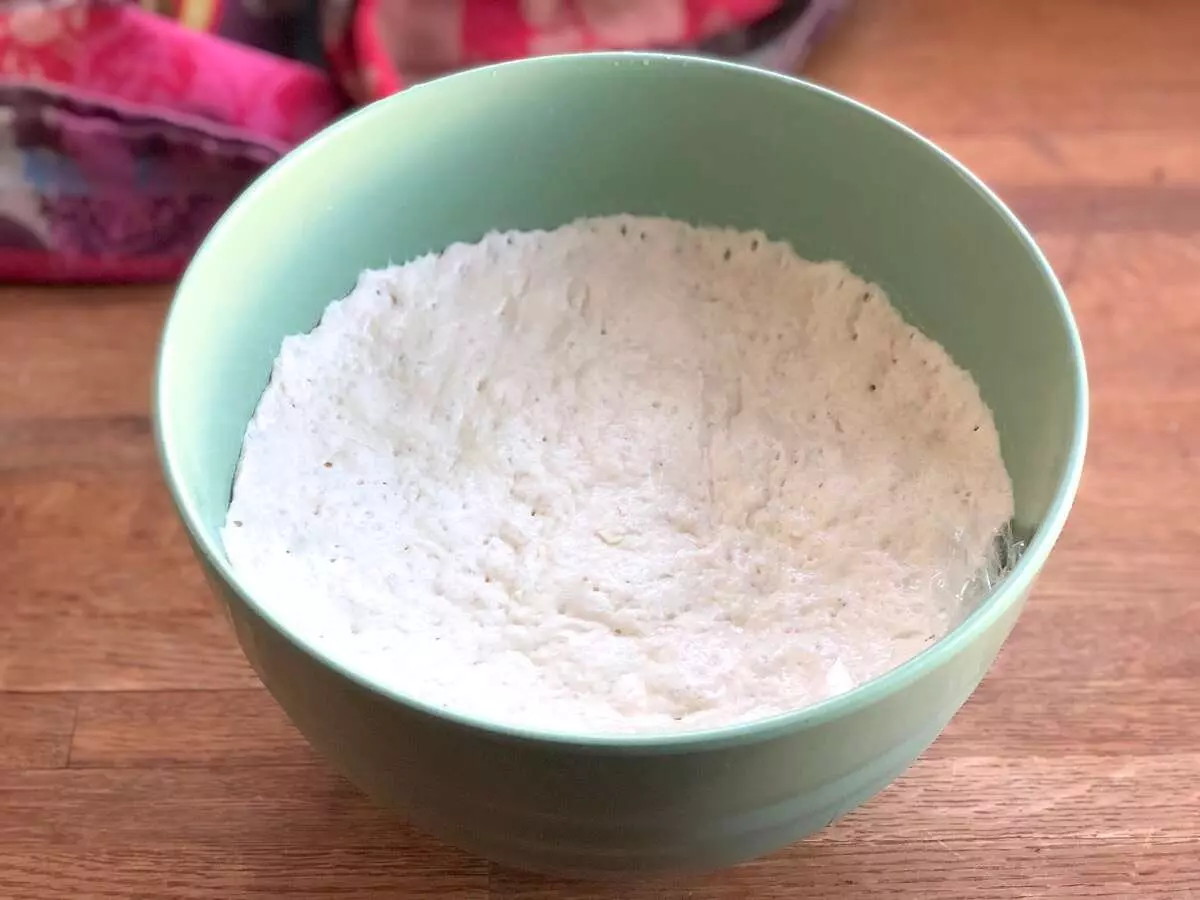
Add Flavor to Your Crust
Thin crust doesn't mean you have to compromise on flavor. Cut back on rising time and yeast activity, and you may find that the crust tastes somewhat "flat." Boost the flavor with a few teaspoons of Pizza Dough Flavor – a combination of cheese powder, garlic, onion, and other natural flavors that will give your crust that authentic pizzeria taste.
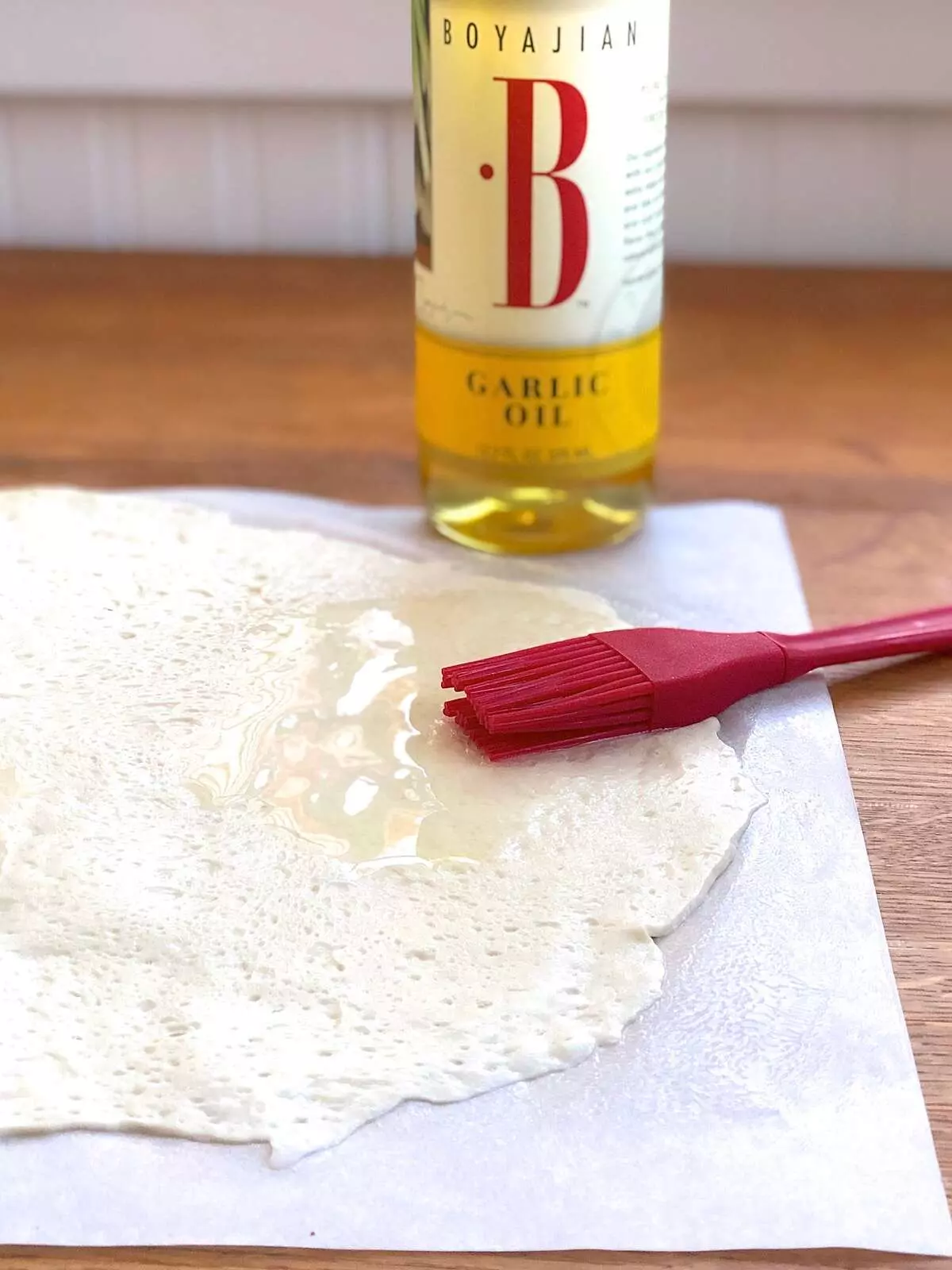
Thin-Crust Pizza with a Twist
For an exciting twist on thin-crust pizza, try making a pizza that's thin in the center and thick around the edge. Roll your crust and place it in a 12" pan. Top it with a 9" parchment round to keep it from sticking. Then, place a cast iron frying pan in the center of the pizza to create that distinctive thick edge. Bake the pizza for a few minutes, remove the frying pan, add sauce and cheese, and continue baking until it's fully cooked.

Tips for Topping and Baking
When it comes to topping your thin-crust pizza, less is more. Be conservative with the amount of sauce and cheese you use, as too much will make the crust soggy. A 12" round pie typically requires about 1/4 cup of sauce and 1 cup of grated cheese. For a larger sheet-pan pizza (around 12" x 15"), you can use a scant 1/2 cup of sauce and 1 1/2 cups of cheese.
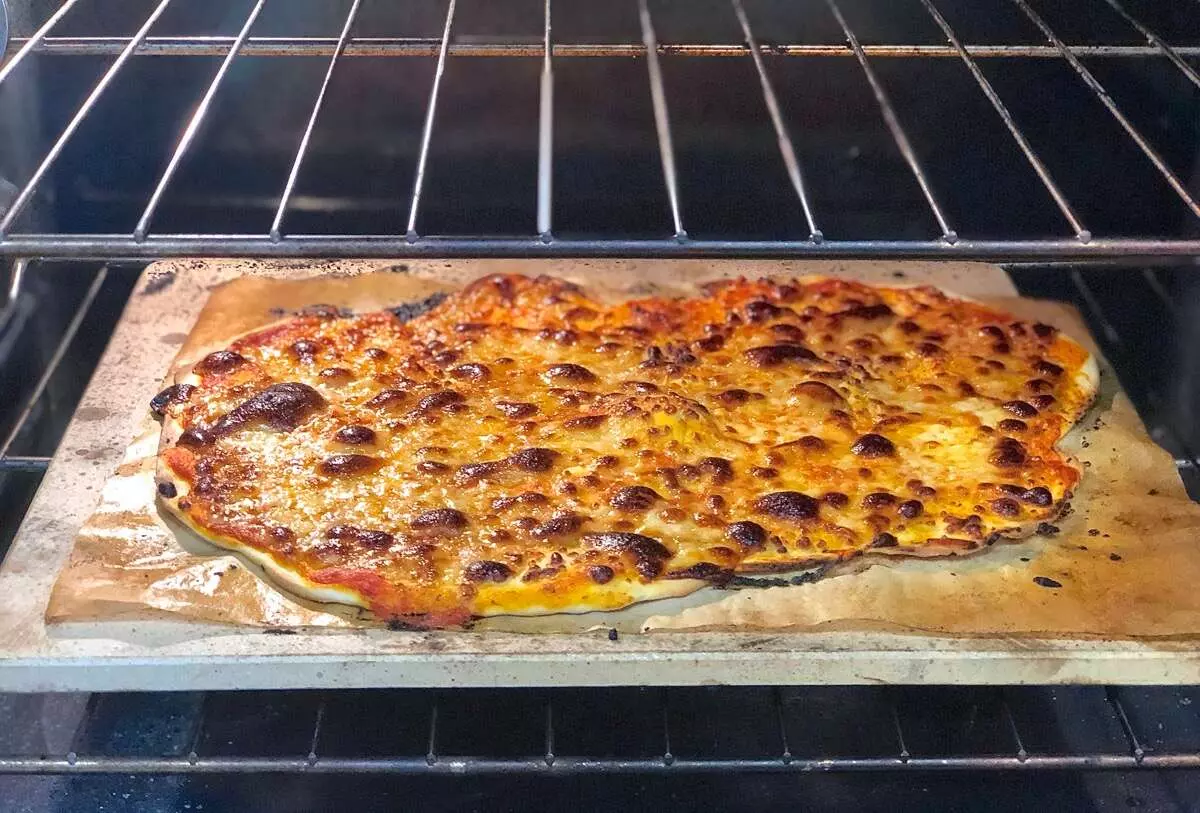 This pizza on its parchment atop a baking sheet is ready for the oven — minus its cheese. I sometimes bake my pizza about halfway before adding the cheese, which results in melted (but not over-browned) cheese.
This pizza on its parchment atop a baking sheet is ready for the oven — minus its cheese. I sometimes bake my pizza about halfway before adding the cheese, which results in melted (but not over-browned) cheese.
To achieve the crispiest crust, use a dark pan, a baking stone, or a baking steel. Preheat your oven thoroughly to take advantage of the stone or steel's heat-holding properties. A temperature of 450°F for at least 30 minutes is recommended. Placing the stone or steel on a center oven rack ensures a perfectly browned crust on both the top and bottom.
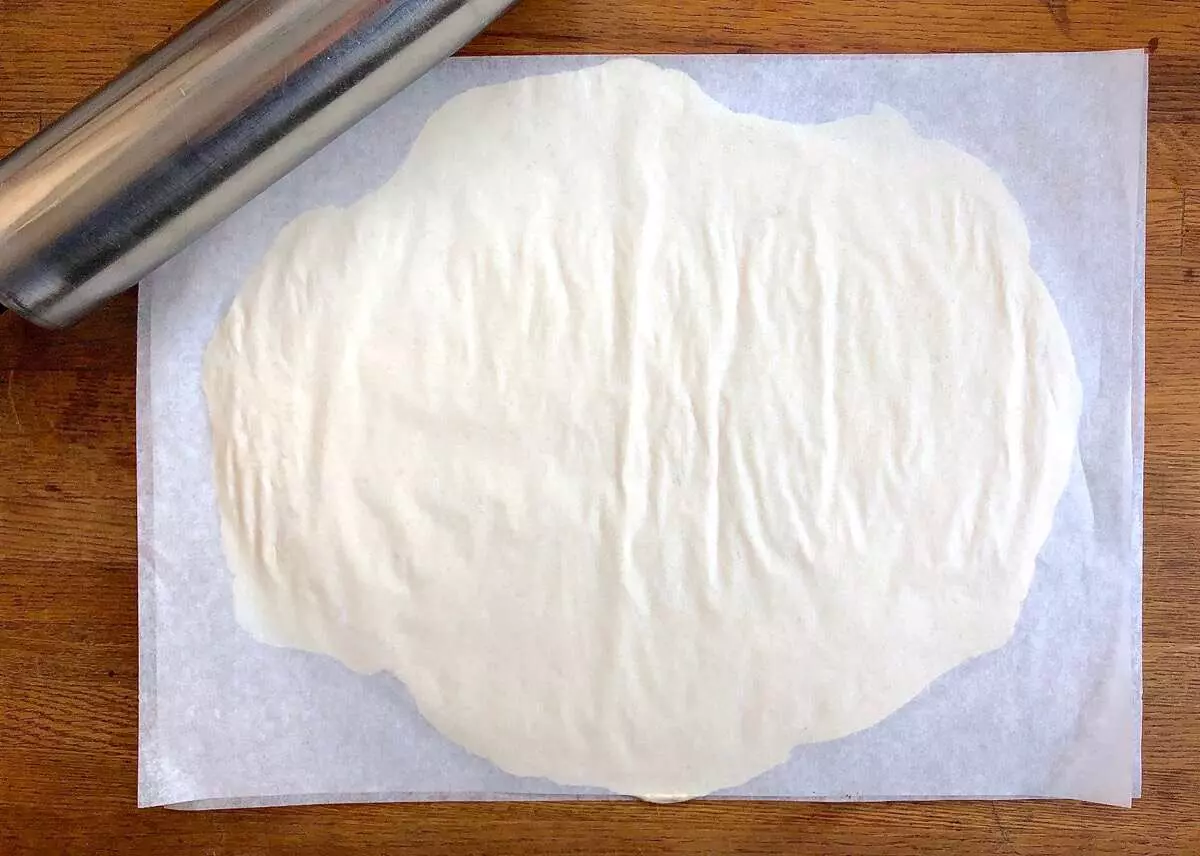
Slice with Scissors
When it comes to cutting your thin-crust pizza, why not try using a clean pair of scissors? Unlike a knife or pizza wheel, scissors don't leave any marks and are perfect for cutting directly on your countertop or any other surface you'd like to protect.
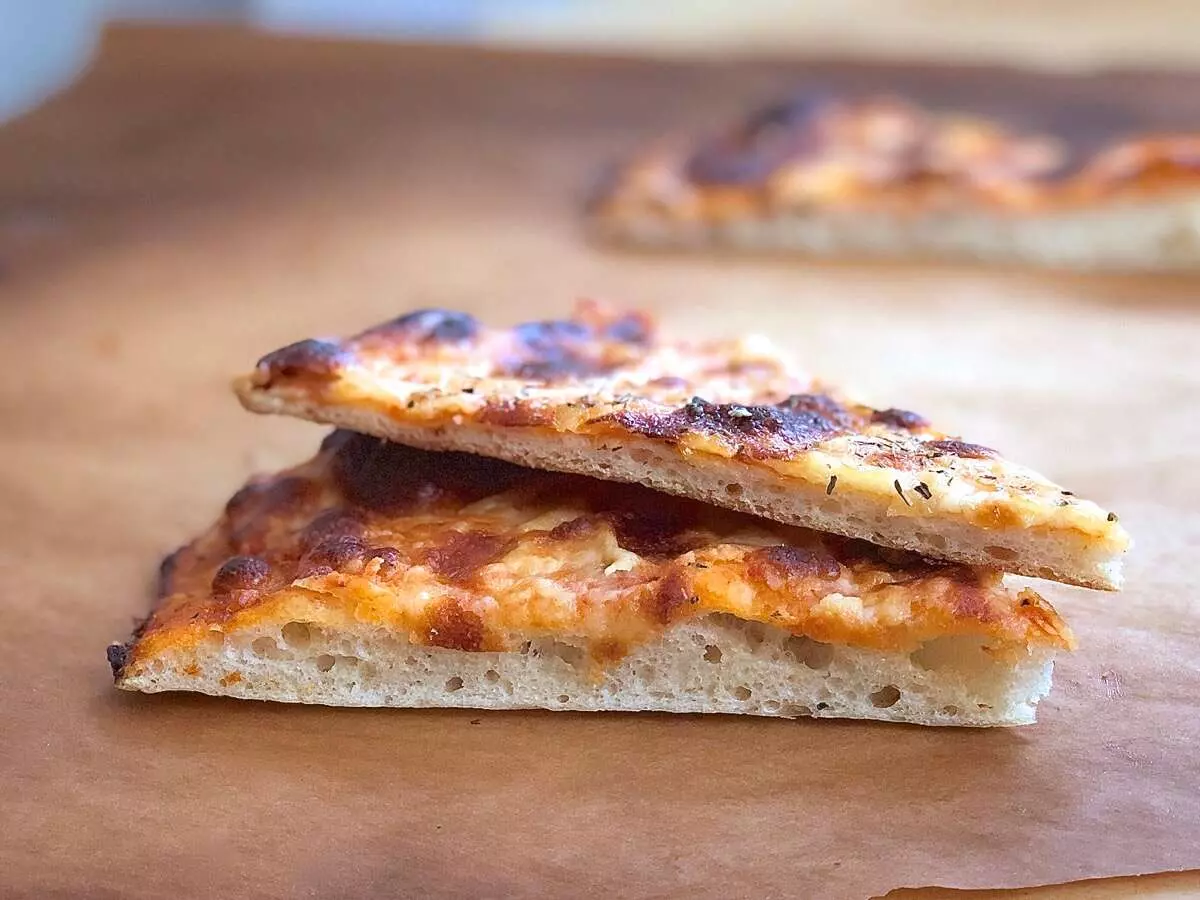
Conclusion
Whether you prefer your pizza to be slightly chewier or cracker-thin, the best thin-crust pizza is entirely up to you. With these techniques and tips in mind, you can create your own mouthwatering thin-crust pizzas in the comfort of your own kitchen. So, ditch the takeout this weekend and embark on a delightful baking adventure!
If you have any additional tips or favorite thin-crust pizza recipes to share, we'd love to hear from you. Share your thoughts in the comments below and connect with fellow pizza enthusiasts.

















